Understanding a Decentralized Exchange
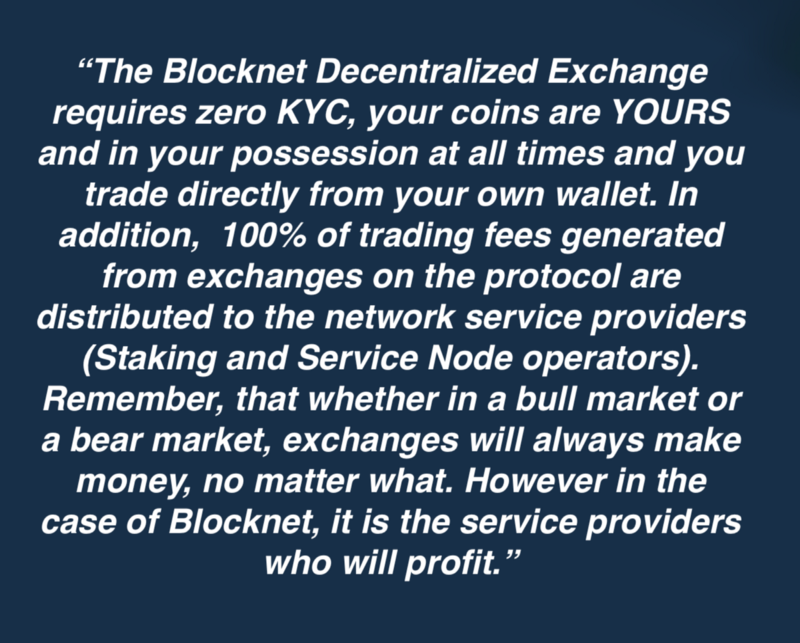
The single greatest need in the crypto-ecosystem is a truly decentralized exchange.
Why is decentralized exchange so important?
An estimated one in sixteen bitcoins have been stolen. More exchanges than may easily be kept track of have been hacked, defrauded, or stolen from. With a third of millenials likely to be invested in cryptocurrencies this year, the need for a better and safer system of exchange is desperately required. For traders, investors, and the reputation of the crypto space, a fundamental change is necessary and the root cause of the problem must be addressed, specifically, centralized exchanges. The need to trust an intermediary or third party with your money is an obvious weak point in the cryptosphere and in a fundamental sense, cryptocurrencies cannot achieve their ideological purpose of decentralization without decentralizing exchanges.
Trust v Trustless
If one is required to trust centralized, traditional businesses in order to buy or spend cryptocurrencies, then money has not been disintermediated. If, on the other hand, money can be traded directly between counterparties, a key aspect of the ecosystem is no longer at risk from third parties.
The majority of crypto-based exchanges have centralized components. Network and computer power is centralized in regional servers. This interaction requires trust in the exchange and Know Your Client (KYC: providing a third party with your ID) submissions are usually mandatory. If something happens to the exchange, your funds are at risk and sometimes even completely lost. The fall of Mt. Gox and BTCE are just two examples of what would become many. Indeed, intrusions are still going on today with Coincheck Exchange being hacked in the recently, but this is not the only issue. Due to the record breaking influx of new customers in the recent months, exchanges have often ceased sign ups for new customers without warning.
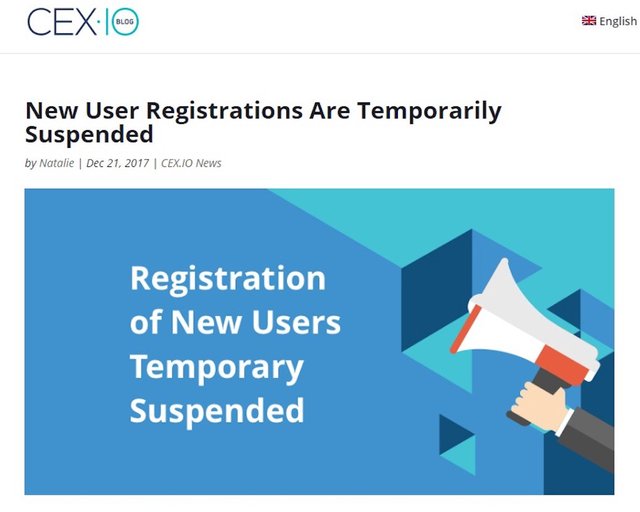
.
Scalability and Speed
The capacity for an exchange to cope with demand is vital if downtime is to be avoided. In most cases, the profits centralized exchanges earn from trading fees goes back to the exchange to cover running costs and into their profits. However, despite the millions some exchanges take in on a daily basis, they are frequently unable to scale quickly enough to prevent downtime from occurring when they are overloaded with users. The problem is not money however, it’s centralisation. The very nature of centralized infrastructure and service provision leads to downtime and no amount of money will solve this quickly enough to keep up with demand. Clearly, the restrictive centralized model of “one size fits all” does not work.

Exchanges must grow as their user bases expands, even if that growth is massive and rapid. Decentralized exchange solves this issue. If an exchange has no central hub that can be overloaded with user requests, then there are no bottlenecks other than the ones which lie with users, specifically their local internet connections, and thus even a sudden influx of users would not present a problem. A truly decentralized exchange should have a shared capacity in the broadcasting system, and with order broadcasts and order matching also being decentralized, this point of failure would simply not exist.
Centralized Trading vs Decentralized Trading
Trading on centralized exchanges can be highly problematic for a variety of reasons. Besides the previously mentioned issues of closing new signups, implementing withdrawal limits and the delisting of coins without warning, even if you manage to navigate all that, there are still inherent problems with trading itself. On a centralized exchange, trading is an exercise in database management. Centralized exchanges use an IOU (‘I owe you’) trading system to carry out quick trades. IOU tokens are traded between users and the exchange, and a transaction only occurs when the exchange processes that database and reconciles the history of the user.
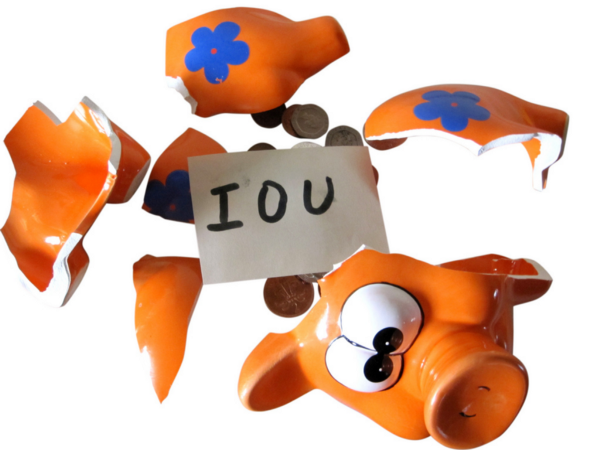
However, there is another system of trading. This system utilizes something called atomic Swaps. An atomic swap is the exchange of one cryptocurrency directly for another cryptocurrency without the need to trust a third-party or to rely on IOUs. Atomic swaps use a system called hash time-locked contracts (HTLCs). This system allows both parties to trade their cryptocurrency directly with each other without having to trust one another or a third party. You can read more about the technical intricacies here, but to summarize atomic swaps are an effective way of removing trust from the equation and thus make trading cryptocurrency a lot safer. More importantly, it addresses the ultimate goal and philosophy of cryptocurrency, freedom from centralized financial entities.
Front Running and Manipulation
Front running is the unethical practice of manipulating the bids on the orderbook. This can occur when an entity either has control of the orderbook or priority access, where a user can jump the queue of a pending transaction and complete the transaction themselves at a higher or lower price effectively manipulating the market. This practice is illegal in traditional markets but regularly occurs on centralized exchanges. It can happen without you knowing because the exchange may have centralized order books, order relayers, or utilize a semi-decentralized system that acts as an intermediary between exchanging parties. The solution to this is off-chain orders, which enables matching to take place off-chain with the swap still taking place on-chain, preventing front running and market manipulation. You can read more about off-chain solutions here.
Profits and Fees
On most centralized exchanges, the profits go back to the exchanges. How can the crypto ecosystem, that is supposed to represent economic freedom with no central banks or entities, be what it claims to be when centralised exchanges are used as the primary method of trade? Imagine a worst case scenario. What if one day, the centralized exchanges are all shut down by mass government decree by freezing the assets and profits of the exchanges? Not only would the exchange lose access to their funds but you would lose access to your own funds as well, through no fault of your own. The single biggest point of weakness in the crypto ecosystem are centralized exchanges. But what if an exchange had no central point? What if your currency was not held by a central entity or third party and thus would always be under your control? What if you could trade wallet to wallet in any cryptocurrency without first sending it to a third party exchange? What if the profits were not centralized but instead distributed to those helping support the services around the world so they could not be taken by a government? This is what decentralized exchange can offer.
So Now What?
These are the biggest problems that currently face centralized exchanges. So what is to be done?

How Does a Centralized Exchange Work?
Exchanges have four core functions:
- Capital deposits
- Order broadcast
- Order matching
- The exchange of tokens
Therefore, in order to be a decentralized exchange, each of these core functions must be decentralized in the following ways:
- Traders’ capital must remain in their wallets, and cannot be entrusted to a third party at any stage.
- Orders must broadcast directly from trader to trader over an inter-blockchain DHT network overlay. Traders’ apps must compile an order book themselves instead of relying on a central order book service.
- Orders must be matched directly between traders. When one accepts another’s order, their apps communicate to set up the coin exchange process, and this is broadcast over the inter-chain network.
- The exchange of tokens must be achieved without the involvement of an intermediary, in a manner that does not require counterparties to trust one another beforehand. An atomic swap protocol must be utilised (meaning that either the exchange of both currencies takes place, or nothing takes place), which employs a system called OP_CHECKLOCKTIMEVERIFY to nullify transaction malleability-based attacks. More details on the protocol are available here.
What is a truly Decentralized Exchange?
So what does it mean to be a truly decentralized exchange? What are the criteria?
When looking to identify if an exchange is truly decentralized, ask yourself these questions:
- Does it require an email, Facebook or Google sign up?
- Are the coins ever sent to a third party address that is not your own?
- Does the exchange use a replacement, IOU / intermediate token/coin or use a coloured coin approach?
- Is there a central company, entity or individual running the exchange?
- Do a percentage of the profits go back to a company, entity or individual?
- Are there withdrawal limits?
- Are the orderbooks and order matching centralized?
- Are any of the other exchanges four core functions centralized?
- Are there any costs to be listed on the exchange?
- Can only certain pairs of coins be traded?
If the answer to any of these is yes, then it is NOT a truly decentralized exchange.

Blocknet
The Blocknet Decentralized Exchange (DEX) has been built to address all of these issues. Decentralized as is it can be, built on the Blocknet protocol, it seeks to address all the criteria mentioned above and to be the first truly decentralized exchange. Using atomic swaps via the Blocknet XBridge procotcol, a trustless, direct wallet to wallet exchange is achieved, thus eliminating the need for trust in a third party.
The Blocknet Decentralized Exchange requires zero KYC, your coins are YOURS and in your possession at all times and you trade directly from your own wallet. In addition, 100% of trading fees generated from exchanges on the protocol are distributed to the network service providers (Staking and Service Node operators). Remember, that whether in a bull market or a bear market, exchanges will always make money, no matter what. However in the case of Blocknet, it is the service providers who will profit.
Trading on the Blocknet Decentralized Exchange
Each trade that is filled incurs a trading fee that is then automatically exchanged for BLOCK at the moment a trade takes place. 100% of this fee is then distributed to the Staking Nodes (for processing transactions) and Service Nodes (for supporting antispam and anti-DOS measures). All trades are atomic swaps that take place via the Blocknet’s unique XBridge protocol. Briefly, trades use a single hash in a checklocktimeverify account which is shared between two parties. Two transactions on each chain take place using asynchronous timelocks. This allows both parties to trade securely and safely directly with each other (p2p) without funds ever being deposited anywhere else.
It is the only truly decentralized exchange method. Front running is also eliminated as all orders are stored off chain on the Service Nodes. You can read more about nodes below.
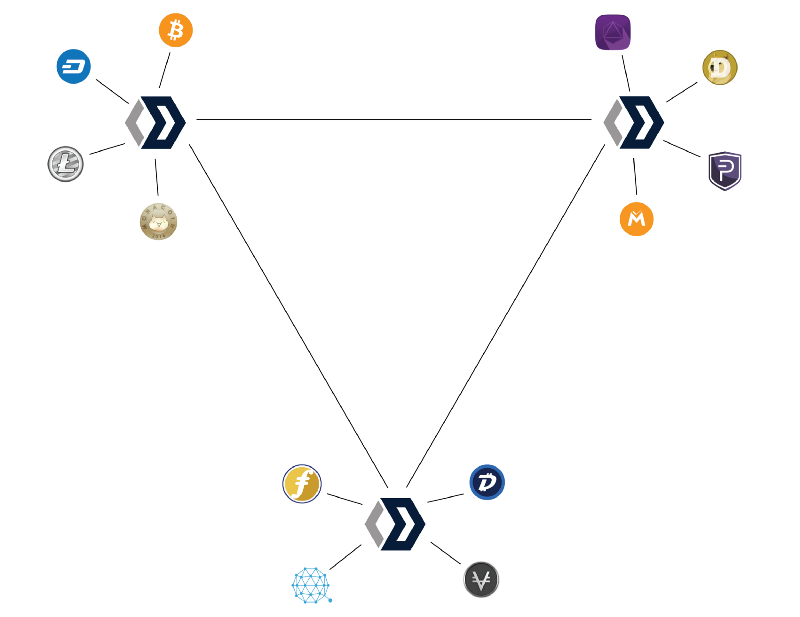
Staking Nodes, Service Nodes, and Rewards
Blocknet’s network is based on a system called Proof of Stake (PoS) which you can read more about here. Holders of BLOCK have the ability to stake their BLOCK in the Blocknet wallet and receive these rewards for supporting the network by processing transactions. The staking rewards are based off the probability of the amount you’re staking versus the amount staked on the entire network so the more BLOCK you are staking, the more rewards that are earned. There will be 525,600 new BLOCK created annually at a rate of 1 BLOCK per minute block time. The block rewards are split 30/70 between Staking Nodes and Service Nodes. Service Nodes, which require 5000 BLOCK, receive these rewards for supporting anti-spam and anti-DOS measures on the Blocknet’s order book. In addition, they also collect and distribute trade fees on the network, but they do not handle or control any of the trader’s coins in this process. These fees, in their entirety, are distributed to all the network service providers. Trader Nodes enable one to trade on the decentralized exchange. Since trades on the Blocknet exchange occurs from your wallet, the wallet for that chain is needed to store your funds on with the full blockchain downloaded and in sync. This is required for every coin you want to trade. In future updates, SPV wallets will be implemented so Trader Nodes are no longer required.
What makes a successful Decentralized Exchange?
Besides meeting the ideological criteria for a decentralized exchange, for it to be successful it must also be user friendly, inclusive and democratic.
- User Experience
Few things are more critical for widespread adoption than a successful user experience. A great UI (User Interface) is often overlooked by the majority of blockchain technology projects. In recognising this, the Blocknet has entrusted its frontend design to VSA Partners, the design agency responsible for naming IBM’s Watson, and which counts Facebook, Alibaba, and GE among its clients. The prototype revealed over a livestream and posted on YouTube showcases elegant, responsive, and intuitive design that seamlessly packages the Blocknet’s breakthrough decentralized exchange technology into a form that traders and crypto users are familiar with ensuring a “best in class’ exchange. The beta version of the UI will be available for use on 1st March. Traders will be able to use and experience a great, intuitive UI.
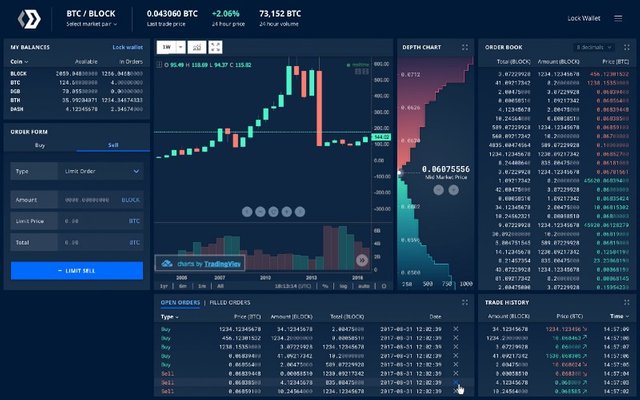
- Inclusion
But what about ease of use for developers and communities of new coins and tokens? As mentioned previously, it will not cost anything to list a coin on the Blocknet Decentralized Exchange. This removes another barrier for traders and will help developers who want to get their new coin listed. It will help liquidity and encourage innovation in the cryptosphere. The Blocknet was designed to maximise interoperability (communication between blockchains), and so most blockchain tokens may be integrated with no coding required. The current integration requirements are:
- Support for OP_CHECKLOCKTIMEVERIFY
- A stock JSON RPC interface from Bitcoin Core
As a result, the Blocknet supports the majority of cryptocurrencies, and no permission from anyone is required for new coins to be listed or traded on the exchange and there are no limitations to trading pairs. In this way, the maximum amount of inclusion is achieved. For Ethereum based tokens, integration will be achieved via the 0X protocol.
- Democracy
A decentralized system must be responsive to the needs of a decentralized community without surrendering the ideals of decentralization. To achieve this, Blocknet uses a decentralized governance voting system. Built into the Blocknet blockchain is the ability to create up to 4,320 new Blocks approximately once per month. This is known as a Superblock. The creation, use and distribution of this Superblock is voted on by the community via community proposals. Nodes can vote on proposals and at least 10% of nodes must vote and “yes” votes must have the majority for a vote to pass. In this way, a decentralized democracy is achieved and no central entity can dictate the direction the project takes. Inherent within this system is a self funding model that will also ensure the longevity of the project.
The Benefits of Blocknet
In addition to a secure trading, a great UI and the ease of listing a coin or token, here is a summary of the benefits of Blocknet:

A truly decentralized exchange is vital if the Cryptocurrency ecosystem is to evolve, and Blocknet will be an integral part of that evolution.
Website / Protocol Website / Discord / Rocket Chat (Phasing Out) / Twitter / Medium / Telegram / Reddit / Steemit / Newsletter / Facebook / BitcoinTalk / Proposal Forum
I like the sound of this.